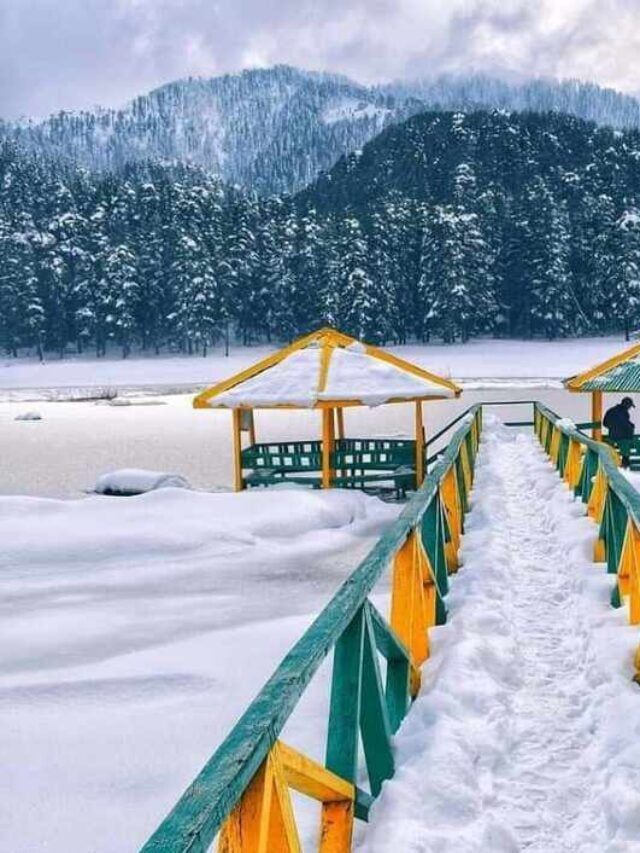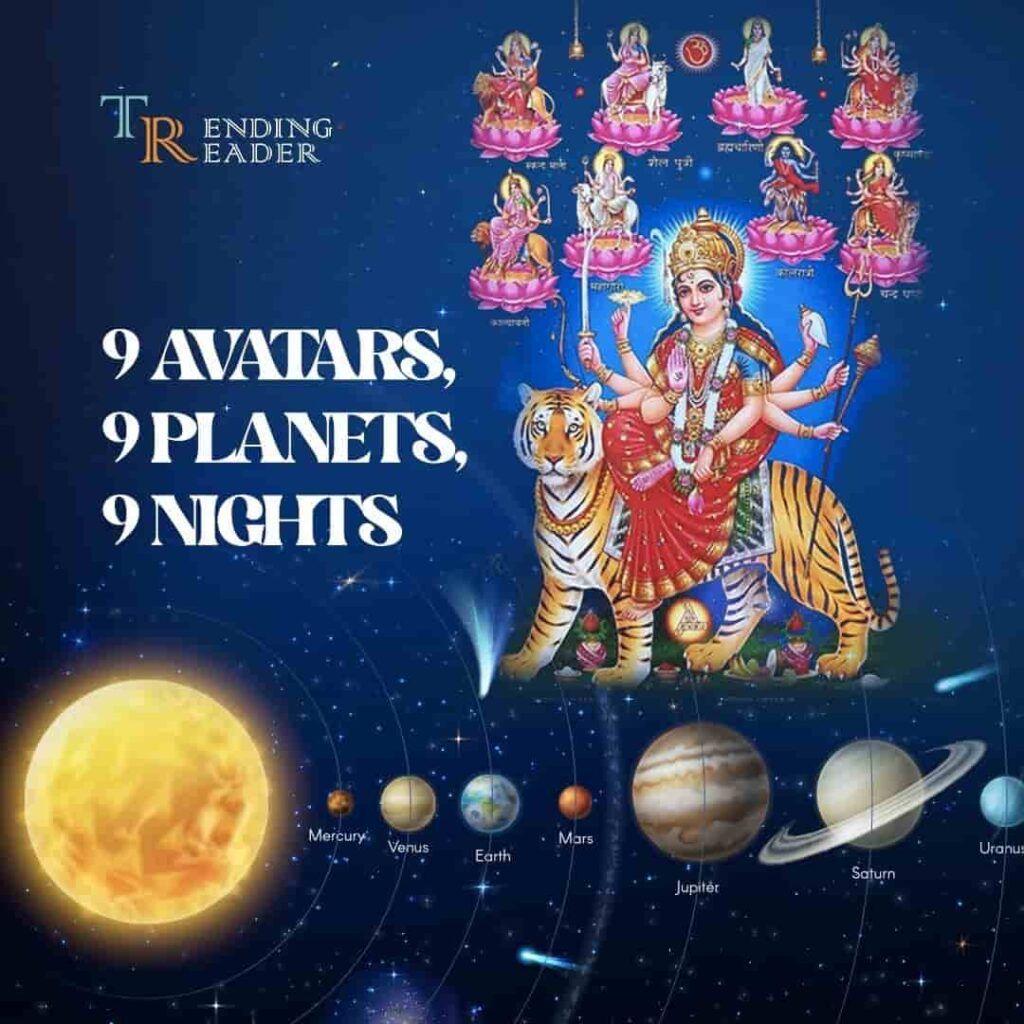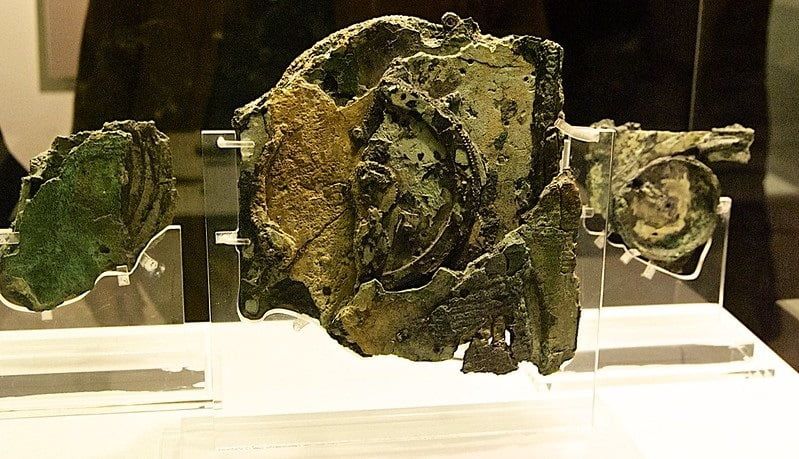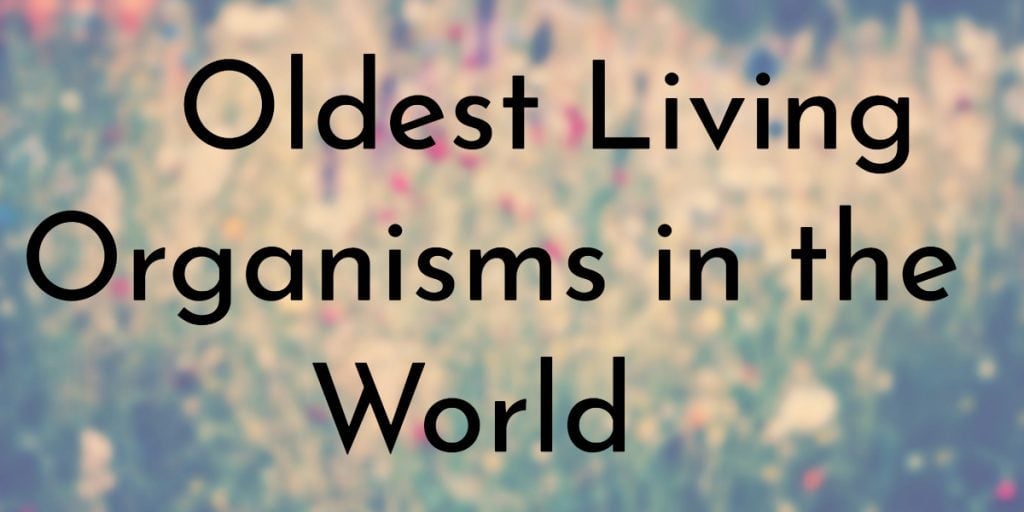Sharad Navratri is usually celebrated between September and October. It is a Hindu festival devoted to Goddess Durga and her numerous forms. This year, the Navratri festival in India will be celebrated from the 7th of October till the 15th of October.
This nine-day festival reflects the victory of good over evil and how dharma overcomes adharma with the blessing of Goddess Durga.
Significance Of Navratri Festival In India
Navratri festival in India is celebrated by worshipping the nine forms of Goddess Durga, also known as Navdurga, in the nine days respectively. The nine forms of Goddess Durga are:
- Shailputri
- Brahmacharini
- Chandraghanta
- Kush Amanda
- Skandamata
- Katyayani
- Kalaratri
- Mahagauri
- Siddhidatri
Goddess Durga, who appears in the above-mentioned forms, protects the devotees from the negative effects of this world. She is also called Mother Goddess Shakti, as whenever her children (devotees) are in trouble, she protects them like a caring and loving mother. It is said that the life we all are living exists because of her blessing.
Also Read – Ganesh Chaturthi Festival: Things To Remember
9 Days Of Navratri
Just like any other Hindu festival, Navratri also provides a spiritual message and promotes a positive and healthy life. The first three days of Navratri facilitate overcoming inertia (Tamas), the next three days focus on overcoming passion (Rajas), and the last three days are dedicated to keeping the mind focused on purity (Sattva). Navratri festival in India reflects the unbroken theme of Vedas, which is to eliminate all the negativities and purify the mind by doing positive deeds, and finally attaining spiritual knowledge.
Navratri is also celebrated at night. Nav means nine and Ratri means night. During the nine nights, the Goddess is worshipped in her manifested forms of Durga, Laxmi, and Saraswati. Devotees worship Goddess Durga in the first three nights for invoking the strength that is required for getting rid of the negative tendencies of humankind. The next three nights are dedicated to Goddess Laxmi for cleansing and purifying the mind. The last three nights are dedicated to Goddess Saraswati who gives higher knowledge.
After these nine days, on the 10th day that is known as Vijayadashmi, all the negativity including ego is destroyed and enlightenment is said to take place. The sole reason for celebrating this festival even at night time is to convey that one has lived long enough in the sleepy domain of Tamas and now is the time to get up.
Navratri Puja And Celebration
The house should be properly cleaned before starting the puja. Everyone who worships the Goddess should take a bath early in the morning. In these nine days, individuals are restricted from drinking alcohol, smoking any kind of toxic substance, and from sexual intercourse.

The puja is started by worshipping Lord Ganesha, followed by Matrika, Lokpal, Navgraha, and Varuna. Mother Goddess is offered Shodashopavhra puja, which is a sixteen-step puja. This puja should be offered to Mahalakshmi, Mahasaraswati, and Mahakali; chanting of mantras belonging to Mother Goddess is significant.

Also Read – Significance & Importance Of Shradh Pooja In India
How To Celebrate Navratri In The Pandemic?
The celebration of Navratri has always been huge, but with the pandemic going on, one can not take risks. The government has passed strict regulations that are to be followed this Navratri. It is better to celebrate the festival with near and dear ones only.
To bring the light and aura of the festival, those who have a puja room specially dedicated for religious gatherings can make it beautiful by decorating it with marigold flowers. One can also add alluring bells and wind chimes to increase the aura of the mandir. In case you do not have a separate room dedicated for these gatherings, you can easily pick a more spacious room, such as the living room, and you can decorate it with rangolis, scented candles, diyas, and Navratri Toran made of pearl beads.
Navratri Calendar 2021
Day 1: October 7th – Ghatasthapana, Shailputri Puja
Day 2: October 8th – Brahmacharini Devi puja
Day 3: October 9th – Sindoor Tritiya, Chandraghanta and Kushmanda Devi Puja
Day 4: October 10th – Skanda Mata Puja
Day 5: October 11th – Katyayani Devi Puja
Day 6: October 12th – Kalratri Devi Puja
Day 7: October 13th – Mahashtami,Mahagauri Devi Puja
Day 8: October 14th – Maha Navmi, Siddhidatri Devi Puja
Day 9: October 15th – Dussehra
Conclusion
Navratri is an Indian festival that welcomes joy and positivity into one’s life. It reflects peace, fulfillment, and focus of mind. With the pandemic going on, one has to keep in mind that celebrations should be done on a small scale with near and dear ones.
For more related information, visit Discover – Trending Reader












